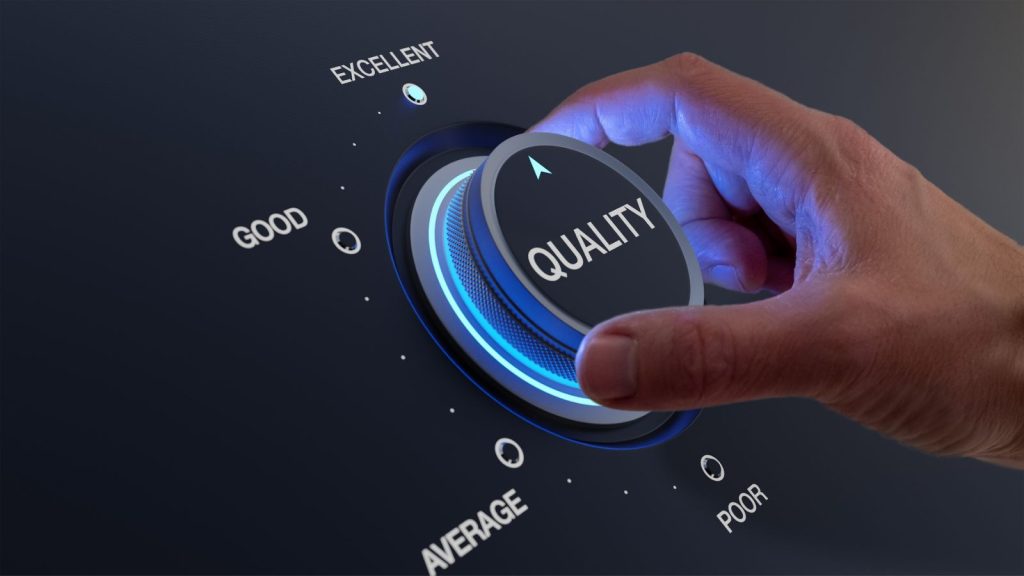When businesses need to deliver content to their audiences around the globe and are concerned with maintaining the meaning and tone of their messages, they seek the help of localization professionals to get the job done. Localization, whether it be software, website, legal, life sciences, or eLearning content, can get complex. After all, you’ve got multiple languages, different time zones, and cultural variations to deal with.
This is where a seasoned Project Manager (PM) comes in. And the responsibility is on their shoulders to develop and implement effective workflows to keep all the moving parts from spiraling into chaos.
An effective PM workflow can streamline the localization process, improve overall quality, and save time and money. Here’s how a successful PM gets the job done.
Planning and Preparation
As they say, failing to plan is planning to fail, and that’s especially true in the world of localization. Before jumping headfirst into your localization project, take a deep breath and make sure you have a solid plan in place. What does a solid plan entail? It’s all about the details.

You’ll want to outline everything from the project requirements and timelines to your milestones and budget. It might sound overwhelming at first, but it’ll make your life easier in the long run.
Another important aspect to consider is your target audience. Do you know who you’re translating for? What language(s) do they speak, and what cultural nuances might you need to keep in mind? These are all essential factors that can help you avoid errors and delays down the line.
Be sure to iron out any format specifications before you begin. Nothing can slow down a localization project like unexpected formatting issues. And if you have a clear localization plan in place, you’ll be able to make sure that everyone involved is on the same page and can communicate effectively. So, plan your work and work your plan.
Workflow Automation
The truth is some aspects of project management can be time-consuming and tedious, especially when managing multiple files and versions across different languages.
But why should you work harder when you don’t have to? For example, you can use automation software like Asana, Monday, and Jira to collaborate, create and manage tasks, track project progress, and send notifications to your team members. By using these types of tools, you can free up your time to focus on the tasks that require a human touch – things like quality control and refining your localization strategy.

Translation Memory (TM) tools are also nifty and are the secret ingredient to managing repetitive translations and ensuring consistency across different localization projects. By storing previously translated content in a database and re-using them for similar strings, TM tools help automate the translation process.
But you can’t just set it and forget it! As a PM, it’s essential to work closely with your localization specialists and translators to make sure that all translations are added to the TM database and updated regularly. This helps maintain consistency and reduces those pesky translation errors.
The result? A more efficient and productive workflow that gets things done faster.
You’ve likely heard the saying “work smarter, not harder” before – and that mantra definitely applies to PM workflows in localization. There’s a reason why it’s one of our core beliefs at Argos.
Collaborate Smarter
Coordinating with your team members can be challenging, especially if you’re scattered across different countries or continents.
Online collaboration tools like Slack allow you to easily communicate and work together regardless of location or time zone. You can share files, assign tasks, and keep everyone on the same page in real-time. Plus, they provide a central hub for discussing and resolving issues, so you don’t have to worry about important details slipping through the cracks.

The benefits? Increased productivity, better communication, and improved workflow efficiency, to name a few. So, give them a shot (if you haven’t already) and see how they can transform how you work with your team.
Maintain Your Relationships
Have you heard of the ‘zero inbox’ philosophy? The idea is to keep your email inbox empty by taking action on every email that comes in. Applying this approach to localization project management can help you stay on top of things and improve communication between your team, vendors, and clients. With this approach, you’ll be able to respond to any issues or questions that come up much more quickly.
We’re not saying you have to include a major update with every email response you send. However, keeping your stakeholders in the loop throughout the project is important so everyone is on the same page as things move forward. Nobody likes to be left in the dark about what’s happening, right?
It’s best to be honest and upfront if there are any delays or unexpected bumps in the road. This helps build trust and shows that you’re human like everyone else. Moreover, it’s easier to tackle any challenges that arise if you maintain prompt and open lines of communication.
Test and Evaluate Quality
Quality is simply non-negotiable in the realm of localization. Crossing your t’s and dotting your i’s is just part of making sure your localization project is top-notch before delivery.
A successful PM works closely with their team of localization specialists and QA folks. Together, they conduct detailed linguistic testing of all translated content, review those localized layouts, and ensure compatibility across various devices and platforms.
If you run tests like functional, usability, and compatibility testing, you’ll be able to identify and fix any issues that arise. And that means you’ll create a higher quality product that seamlessly delivers a top-tier user experience to your global audience.

Continuous Improvement
Localization is an ongoing process, and there’s always room for improvement. So as a project manager, it’s vital to develop post-project reviews to evaluate how things went and determine where you can make the necessary tweaks and improvements. By doing this, you can better handle your workflows and implement best practices for the future.
It’s always a good idea to gather feedback from stakeholders on various aspects of the localization process, such as translation quality, timelines, and budget. This way, you can work towards continuous improvement and keep making things better and better over time.
By following these best practices, you can streamline the localization process, reduce costs, improve quality, and enhance the user experience for your clients’ global audience. So, if you’re a project manager working in the localization industry, or you’re a client and want more insight into how things should unfold with your localization project, we encourage you to apply these practices and enjoy more effortless localization success.
 Argos Multilingual
8 min. read
Argos Multilingual
8 min. read
In recent years, the importance of inclusive language has become increasingly recognized in the localization industry. Localization companies, translators, and linguistic specialists have been working to ensure their work is gender inclusive and to assist their clients in navigating the challenges of diverse audiences worldwide. In our recent webinar, “Keeping Your Romance Language Content Inclusive,” […]

 Argos Multilingual
8 min. read
Argos Multilingual
8 min. read
In recent years, the importance of inclusive language has gained more traction, and many have recognized the need to keep language inclusive across translation/localization initiatives. However, some languages present unique challenges regarding gender-neutral and inclusive language. In our March webinar, “Keeping Your Slavic Language Content Inclusive,” experts in translation and interpreting were invited to discuss […]












